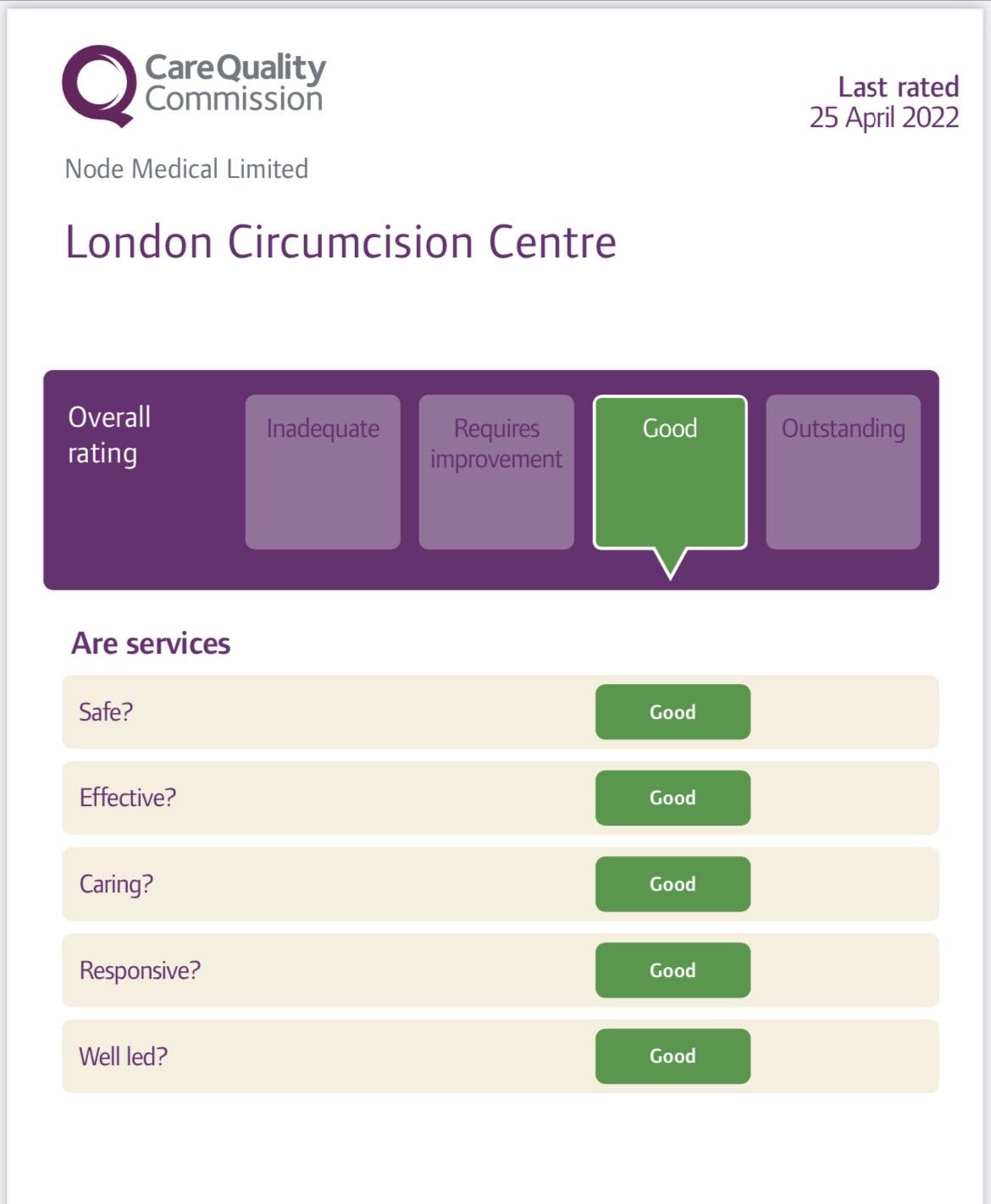What’s the difference between partial and full circumcision?
Partial circumcision is when part of the foreskin is removed. Head of penis will still partially or fully covered with foreskin.
There is published report about partial circumcision in children. Following summary of report
Modified partial circumcision for phimosis: techniques and surgical outcomes
objective:
In the last years, many surgical techniques of preputioplasty have aimed to preserve the foreskin in case of phimosis. These techniques are not reliable for patients affected by phimosis linked to balanitis xerotica obliterans (BXO) and scarred foreskin. Authors tried an original technique of resection of the pathological foreskin, removing the mucosal internal layer followed by reconstruction of the foreskin. The aim was to evaluate the outcome of paediatric patients who underwent modified partial circumcision for pathological phimosis.
Patients and methods:
In all, 360 patients with phimosis underwent modified partial circumcision at our institution. The mean age of the boys was 8.9 years, range 5–15 years. In 145 (40.3%) cases, indication for surgery was clinical suspicion of BXO, in 215 (59.7%) cases it was chronic inflammation of the foreskin.
Results:
In all cases, the postoperative period was uneventful. Cosmesis was considered by parents as excellent in 95.2% of patients. In these patients, the glans was almost completely covered by soft foreskin. Histopathological examination of the removed foreskin documented BXO in 162 (45%). Twelve (3.3%) patients complained of recurrences and five (1.4%) patients of smegmatic cysts.
Conclusion: The described surgical technique of modified partial circumcision for the correction of pathological phimosis appears cosmetically well accepted, safe, and simple with low rate of late postoperative complications.
Ref: Annals of Pediatric Surgery 2018, 14:151–156
Keywords: balanitis xerotica obliterans, circumcision, partial circumcision, phimosis
Unit of Paediatric Surgery, Department of Human Pathology in Adult and Developmental Age ‘Gaetano Barresi’, University of Messina, Messina, Italy
——————————————————————————-
This report showed the partial circumcision may be possible in some cases of phimosis. In our experience at London Circumcision Centre showed below :
When partial circumcision is desired, about two-thirds of the foreskin is left to cover the head of penis.
The success of this operation essentially lies in level of the skin incision. Incision line should not in front of the head because shrinkage of scar will cause tight foreskin (secondary phimosis)
The inner foreskin should be incised immediately below corona to remove the tight band of ring, to ensure that the most of the inner foreskin (mucosa) is removed.
Partial circumcision does not work in the presence of scarring like BXO in our experience.
Partial circumcision may be suitable in children, it does not work very well in adult with tight foreskin ( phimosis )
Please give further information and assessments by our specialist consultant urologist team







